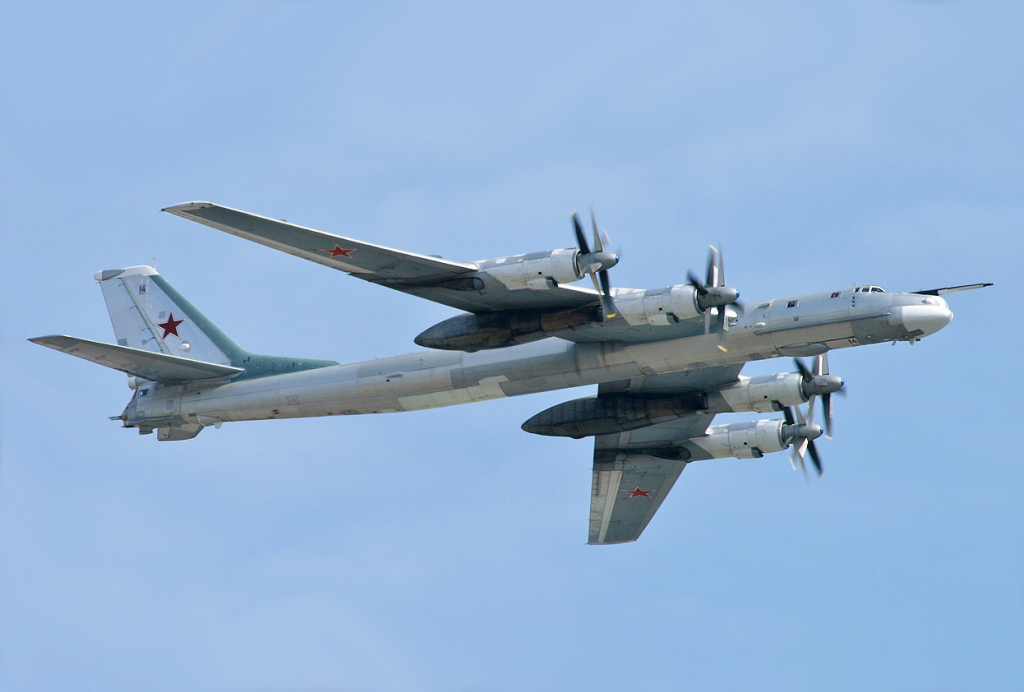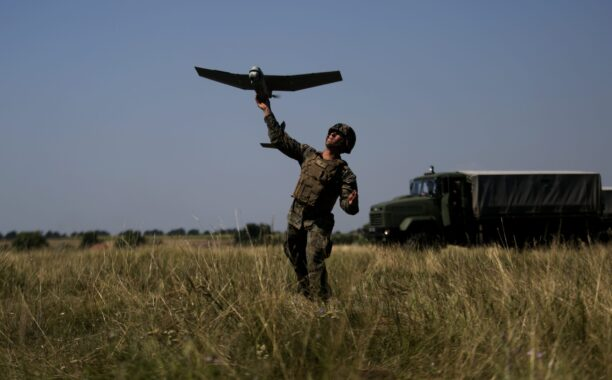
Even the idea that remoteness spells security no longer holds. Ukraine’s drones have now hit targets almost 2,000 km deep in Russia, and have reached industrial centers and strategic airbases previously deemed invulnerable. That quantum leap in operational range isn’t merely a tactical surprise it’s a qualitative shift in the technological and strategic equation of the conflict.
These assaults, which have ranged from Siberia to the Ural Mountains, have exposed the vulnerabilities in the deep rear of Russia and forced the capital city of Moscow to defend massive chunks of land and rethink its air defense situation. Moreover, they also reflect an overlap in indigenously developed engineering, precision targeting, and economic disruption that is redefining the battlefield. What follows is the analysis of the most important aspects of the new dimension in the history of drones.

1. Stretching the Strike Envelope
Ukraine’s own long-range UAV capability has increased from 1,800 km to ranges up to 2,000 km, including the Tyumen attack on the Antipinsky oil refinery with its 9 million-ton annual production. International Institute for Strategic Studies’ Douglas Barrie commented, “Extending the range allows Ukraine to put more targets at risk further inside Russia, and complicates further Moscow’s problem of providing air defence.” Its increased range obliges Russia to protect industrial and military infrastructure far behind its own western front. The Tyumen operation underscored the importance of range as a strategic asset. Positions once secured by terrain now are endangered in the open, and the logistical problem of holding them is significant. It’s a transformation which redefines the geometry of deep rear security.

2. Indigenous Engineering and Covert Launches
Ukraine’s deep-strike drones UJ-26 Bobr, An-126 Lyutiy, FP-1, and Peklo are survivability-focused, with below 200 kilograms payload but highly advanced AI-based targeting. During Operation Spider’s Web, 117 drones were transported inside Russia in mobile wooden sheds transported atop trucks and then launched from inside attack range from four air bases. The strike damaged or destroyed over 40 planes, such as Tu-95MS bombers and A-50 AWACS planes. The implementation of LTE network control and Ardu Pilot-based autopilot enabled remote control outside the bounds of the Russian territory. In the words of Justin Bronk of RUSI, it was “a stunning success for Ukraine’s special services,” possibly with lasting effects for the eventual capability of Russia delivering salvos with cruise missiles.

3. Industrial Infrastructure Strategic Targeting
Ukraine’s increased attacks on oil refineries and chemical plants target the Russian war economy. Plants such as Orsknefteorgsintez and Azot, more than 1,500 km apart, turn key inputs such as jet fuel into key outputs such as ammonium nitrate. Ukraine targets refinery cracking towers particularly, taking advantage of repair chokepoints exacerbated by sanctions and destroying an estimated 38–40% reduction in refining capacity. Confirmed videos document 21 of the 38 major refineries in Russia that have been struck since January, including 14 in August alone. The campaign also interfering with civilian and military logistics, heightening economic pressure in several territories.

4. Air Defense Systems in Tension
Russia’s multi-tiered air defense system comprised of Pantsirs and S-300s can’t keep pace with the expanding threat profile. That the Pantsir-S1 failed in Iraq against kamikaze drones is a reflection of its own failures in Russia, in which truck attacks bypassed detection altogether. Denis Fedutinov also confirmed such ranges are possible from Ukraine but suggested some rocket launches are outside its borders. The entire bypassing of defenses in the June campaign highlights weaknesses in the coverage of the radars and the issue in protecting widely disseminated strategic assets.

5. Electronic Warfare and Navigation Resilience
They are operating jam-proof UAVs like the Geran-2 capable of mid-course correction and immune to radio-frequency jamming. Fiber-optic–guided drones provide a tactical range up to the battlefield’s frontage of up to 20 kilometers, which presents defensive challenges for Ukraine. Conversely, Ukraine’s long-range drones navigate through Russian EW zones using autonomous systems that maintain course despite signal disruption. This duel in electronic warfare underscores the technological race to out maneuver countermeasures.

6. Economic Warfare with Energy Disruption
The fuel shortages caused by Ukrainian air raids have strategic implications. In Crimea, gas stations ran dry for more than a week and Retail prices in the Russian Far East rose by 20–40%. The Kremlin’s seasonal export restrictions and emergency imports from China, Belarus, and South Korea are limited by the possibility of interdiction. BBC Verify found at least 10 refineries halted production since August, with country-wide production falling by up to one fifth in some days. President Zelensky has referred to refinery fires as “the most effective sanctions,” blaming energy disruption squarely on war pressure.

7. Scaling Up Industrially and Global Support
Ukraine’s military drone campaign is financed with $3 billion in 2025 investment from Drone Coalition with the lead from the UK and Latvia. Denmark’s $1.5 billion and U.S. assistance have expanded manufacturing capabilities with 1.5 million drone deals in this year. This industry ramp-up locks in the persistent threat against Russian infrastructure, making repair ever less effective against repeated assaults. The coalition support turns Ukraine’s drone campaign from isolated raids into a relentless strategic threat.

8. Future Directions in Drone Warfare
Both innovate. Russia combines missile barrages with swarms of drones in order to saturate defenses, and Ukraine uses decoy drones in order to unveil coverage gaps. AI-augmented targeting and long-range propulsion are in the future, with the potential that one operator can control several UAVs simultaneously. While Foreign Policy Research Institute’s Robert Lee noted, drones are “ubiquitous they’re changing the nature of the fight.” The future era will probably be based on counter-EW advances and incorporation of AI in doctrinal operations. Ukraine’s projection of force into the deep hinterland of the Russian state marks a watermark in modern asymmetric conflict.

Through the combination of local engineering, stealthy forward deployment, and economic targeting, Kyiv demonstrated the vulnerability of previously secure assets. The broader strategic dimensions play well beyond the immediacies of the current conflict and offer a template for how defense and distance can be reinterpreted in the age of unmanned systems.


